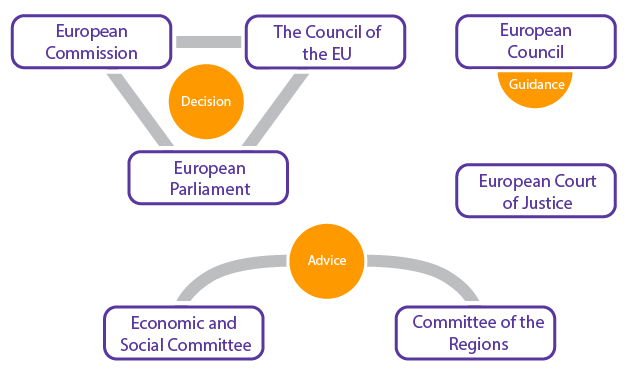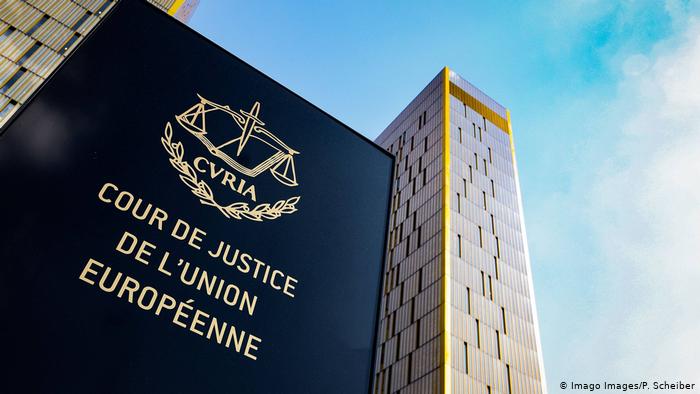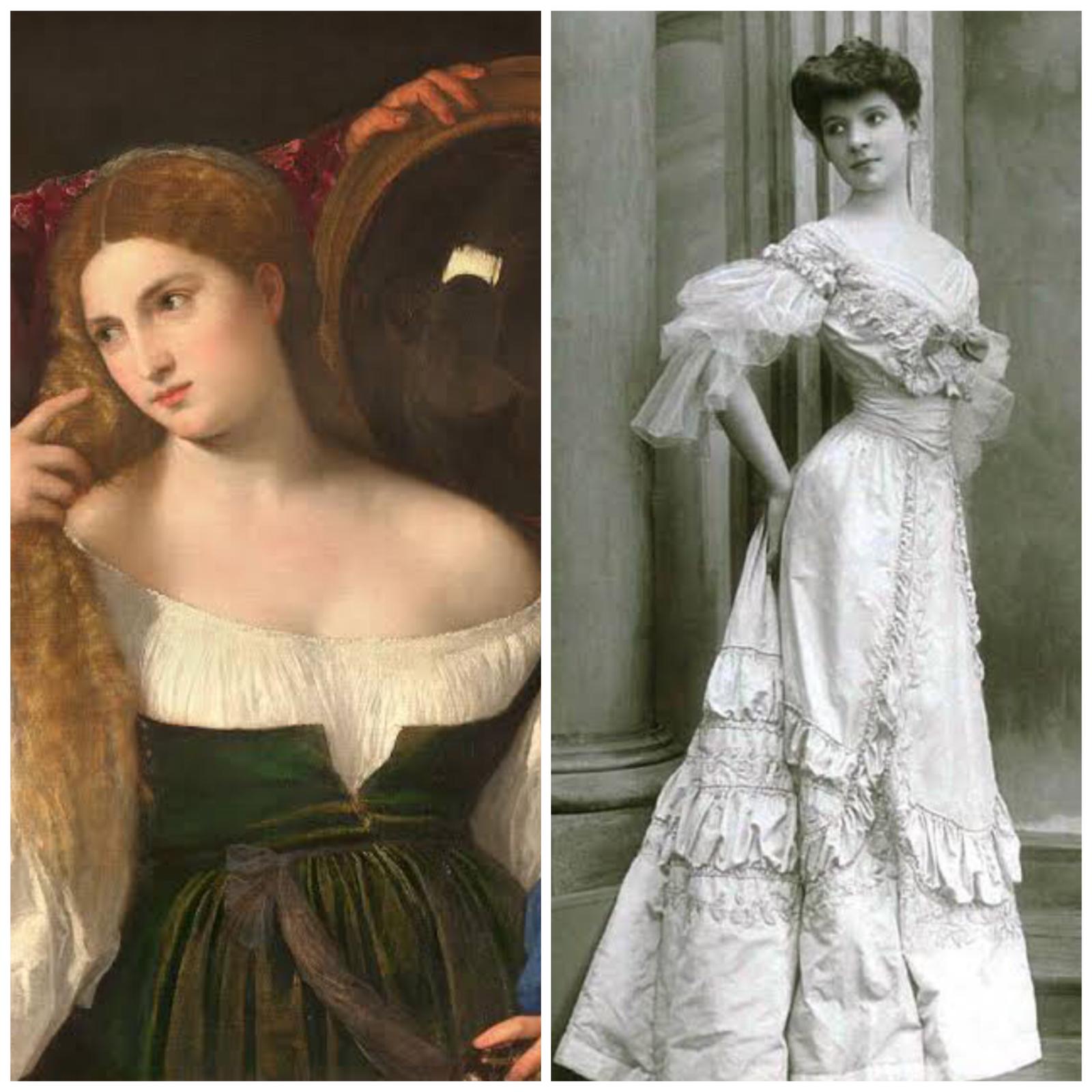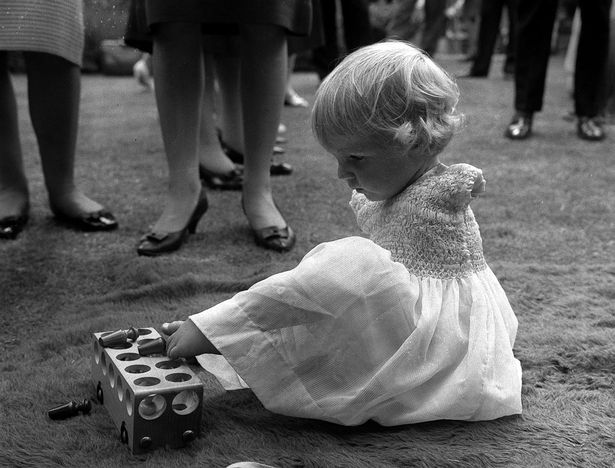European Integration 101: Main Institutions of European Union

The European Union was established in order to bring the nations of Europe together for economical and political purposes. However, European Union is not a single body, it includes different institutions, political systems, and economies. In this article, we will explore these different institutions of the European Union. The Union is known to have seven institutions consisting of three main institutions which are The European Commission, The European Parliament and The Council of the European Union. In addition to these main institutions, The Court of Justice of the European Union also is considered as a highly significant institution. The powers and responsibilities of all of these institutions are stipulated in the treaties.
When it comes to the development of the European Union institutes, it has an undeniable relations with the integration process and the emergence of European Union. The ideas that moved the European integration process forward, had some effects on its institutions. These institutions are formed according to the ideas and the level of the integration throughout the history. Therefore, we also shall observe the development of European Union in this article and how these institutions’ effects, competency changed and evolved with this process.

The European Institutions. [Table]. University of Pittsburg Library. [1]
One of the three main institutions of the EU is the European Comission. It is EU’s politically independent executive branch. The commission is the only EU body to regulate the laws to be acquired by the parliament and the council. The commission represents the EU in the international area and protects the interests of the union and its citizens. Together with the council and parliament, the EU determines its budget planning. It prepares annual budgets to be ratified by the parliament and the council. Moreover, it manages EU policies and allocates fund for the EU. In collaboration with the Court of Justice, it ensures proper implementations of EU laws in all member states. The EU speaks on behalf of all member countries, especially in the fields of trade policy and humanitarian aid, in international trade institutions. It negotiates international agreements for the EU.

The council of European Union. Arhivă UE. (n.d.). What is the Council of the European Union? [Photograph]. Romania2019. [2]

Imago Images, & Scheiber, P. (2021, March 2). EU top court rules Polish judges can appeal nominations [Photograph]. Deutsche Welle. [3]
In conclusion, The European Union has an institutional structure designed to promote and defend its values and interests, the interests of its citizens and those of its member countries. This structure also contributes to ensuring the coherence, effectiveness, and continuity of EU policies and actions. Similar to the organization of European Union, its institutions developed and evolved with it in time. The institiutions took their forms in accordance with the European Union through treaties. According to the treaty in European Union, the institutional framework comprises 7 institutions. In this essay, we examined the most important ones: the European Parliament, the European Council, the European Commission, and the Court of Justice of the European Union. Briefly, the European Union’s wide range of precedences are set by the European Council which reconciles national and EU-level leaders. Directly elected MEPs represent European citizens in the European Parliament. The interests of the European Union as a whole are supported by the European Commission whose members are appointed by national governments. They support and guard their own country’s national interests in the council of the European Union. Finally, the Court of Justice of the European Union maintains the rule of European law. Each institution acts within its limits, sets duties and responsibilities, they are granted in treaties in line with the procedures, conditions, and purposes.
Resources
- “Institutions of the EU: The European Commission”. Europa, https://europa.eu/european-union/about-eu/institutions-bodies_en, Retrieved 18 June 2007.
- Essays, UK. (November 2018). The European Union: International Relations. Retrieved from https://www.ukessays.com/essays/international-relations/the-european-union.php?vref=1
- Nugent, N., The Government and Politics of the European Union, 7th edition, Palgrave Macmillan, London
- https://eur-lex.europa.eu/summary/glossary/european_parliament.html
Image Resources
- The European Institutions. [Table]. University of Pittsburg Library. https://pitt.libguides.com/eu/institutions
- Imago Images, & Scheiber, P. (2021, March 2). EU top court rules Polish judges can appeal nominations [Photograph]. Deutsche Welle. https://www.dw.com/en/eu-top-court-rules-polish-judges-can-appeal-nominations/a-56745997
- AP Images. (n.d.). Treaty of Rome [Photograph]. Britannica. https://www.britannica.com/topic/European-Union/Creation-of-the-European-Economic-Community







